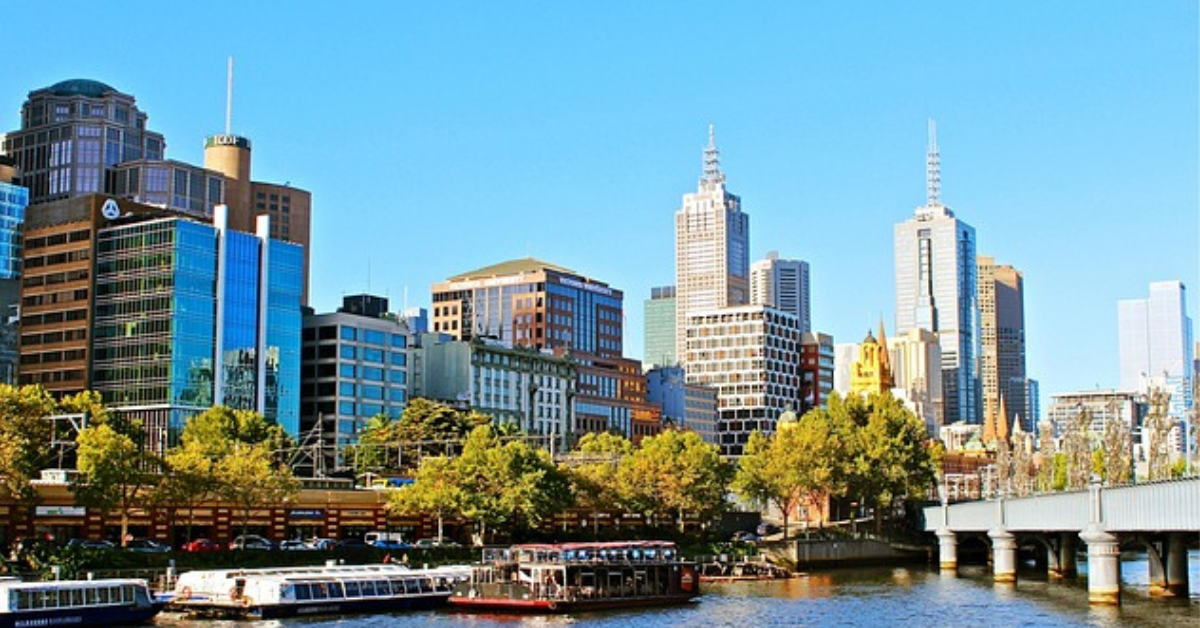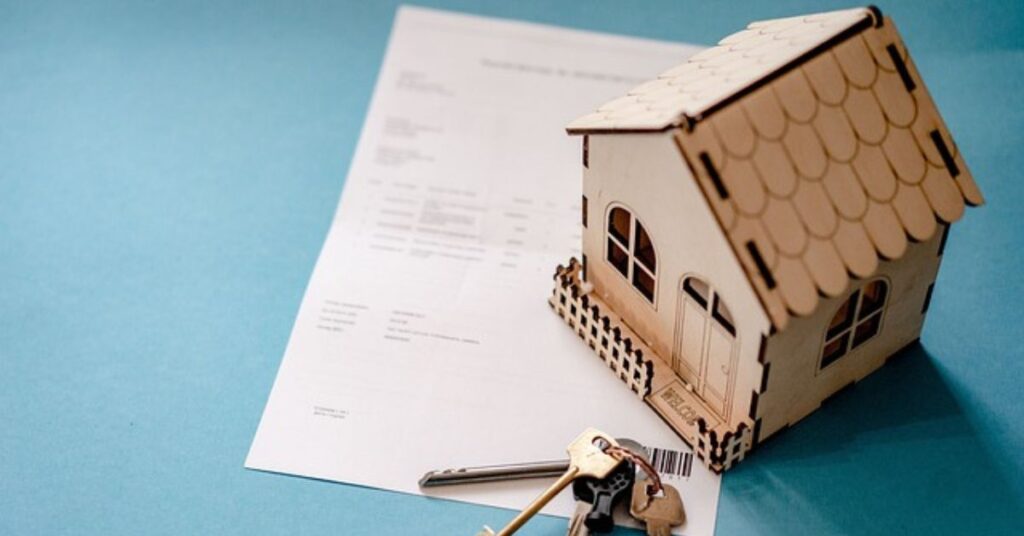A list of the best rental yield suburbs Melbourne, popular with buyers this spring, has been released and includes many affordable regions that will put prospective landlords up against first-home buyers.
However, Victoria was excluded from the national analysis, as only the regional town of Red Cliffs, located just outside the Mildura area, made it into the top 100 places to buy a home in Australia for investment purposes currently, ranking at 85.
Meadow Heights ranks highest in the best rental yield Melbourne area, with a median home price of $626,000, Cranbourne South second with a median of $780,000, and Hastings on the Mornington Peninsula, with a median property price for typical homes at $690,000.
What is Rental Yield?
Rental yield refers to the annual rental income derived from a property relative to its value. It is always shown as a percentage and is a good indicator of expected annual returns on a buy-to-let property.
There are two types of rental yield:
Gross rental yield
Net rental yield
Gross rental Yield
Gross rental yield is the annual income a rental property generates before expenses are deducted. Expenses may include maintenance, strata, council rates, property management fees, and any one-off costs such as stamp duty or due diligence fees.
Costs can escalate, but gross rental yield does not factor in expenses, thereby only presenting a snapshot of expected returns. You can calculate the gross rental yield of a property using the equation:
Gross Rental Yield = (Annual Rental Income / Property Value or Purchase Price) x 100
What Is Considered A Good Gross Rental Yield in Melbourne?
A good gross best rental yield Melbourne typically falls between:
Residential Properties
5% to 8% in most areas
Commercial Properties
6% to 10%
Anything over 8% for residential properties (or 10% for commercial properties) is generally viewed as a good return, but it can also signify higher risk, and/or issues with that investment due to property or location.
Net Rental Yield: best rental yield suburbs Melbourne
Net rental yield measures your annual income from a property after expenses. This is a clear measurement of cash flow and the most effective way to measure profitability on an investment property.
You can calculate a property’s net rental yield using the following equation:
Net Rental Yield = [(Annual Rental Income – Annual Expenses) / Property Value or Purchase Price] x 100
What is an Acceptable Net Best Rental Yield Melbourne?
An acceptable net best rental yield Melbourne is generally seen as:
3% to 6% for residential properties in most markets
4% to 8% for commercial properties
One more time, higher yields (greater than 6% rental yields for residential, and greater than 8% for commercial properties) are considered preferable, but may also hint at higher risks or other issues with the property or area.
What Is The Best Rental Yield Melbourne?
Most financial advisers rate the 5-8% range as a good rental yield in Australia, with the caveat being that there is no industry-wide standard definition of an effective rental yield. Higher rental yield generally equates to higher potential returns.
However, this doesn’t always hold; poor rental yield may simply suggest a property is overvalued, and higher rental yield may suggest a property is undervalued.
Even so, you should try to achieve high and best net rental yields in Melbourne. These produce strong cash flows because expenses can be easily covered by the rental income, and you will have money left over to take to the bank each month. Higher cash flow will also mean better serviceability and less exposure to market fluctuations.
What best Rental Yield Should I Aim For in Australia?
Again, as we previously mentioned, it is hard to give you exact numbers for what to expect in rental yield. The Commonwealth Bank considers anything greater than a 5.5% yield as good. Others recommend a rental yield of at least 7.5% for best practice.
Where you intend to purchase your investment property will, in the end, determine your rental yield expectations. Australia has a large divide between what it considers good rental yield in city environments and regional areas.
Rental yields of 3-5% are pretty standard in metropolitan areas, particularly in state capitals. Meanwhile, in regional towns, it’s not uncommon to find rental yields of 10% or above. With that in mind, don’t dismiss cities as you search for investment property.
How to Calculate Rental Yield in Australia
Here are the steps to calculate rental yield in Australia:
Understanding Annual Rental Income
First, you will need to identify the weekly rental amount for the property you are enquiring about. Then take this weekly rental amount and multiply it by fifty-two to find the annual rental income.
For example, if the weekly rental amount is four hundred dollars per week, you would multiply this by fifty-two to yield the annual rental income: $400 x 52 = $20,800.
Establish the Property Value or Purchase Amount
If you already own the property, this will be the current market value.
If you are seeking to buy the property, enter the purchase amount you are considering anywhere within the current range of the market.
Work Out Gross Rental Yield
Gross rental yield is the annual rental income divided by the property value or purchase amount, expressed as a percentage.
Gross Rental Yield = Annual Rental Income / Property Value or Purchase Amount x 100
Calculation for Net Rental Yield (optional)
If you are also going to calculate Net rental yield instead of just Gross rental yield, please note that Net rental yield looks at the expenses associated with renting a property, such as property management, maintenance, council rates, etc.
To calculate net rental yield, subtract your annual expenses from your annual rental income and then divide by your property value or purchase price.
Net Rental Yield = (Annual Rental Income – Annual Expenses) / Property Value or Purchase Amount x 100
So, say in our previous example, if our annual expenses were five thousand dollars, we would plug that number into our previous equation, net rental yield = (20,800 – 5000) / 500,000 x 100, which would yield a net rental yield of 3.16%.
Rental Yield versus Growth Capital
Rental yield is not the only element to factor into an investment property decision. You also want to assess the property value over time, or capital growth.
For example, if your property appreciates 20% by the time you sell, it could deliver a better financial return than a property that has a strong rental yield but depreciated, or did not appreciate, in value.
This is a dilemma for residential investors: rental yield or growth capital. Finding a property with both can be a challenge, but it may be possible. In many cases, you will have to pick one of the two factors as you narrow down your investment options.
If you are looking for long-term capital growth using a buy-and-hold strategy, you will want to investigate properties with low net rental yields in the big cities where house prices are poised to grow.
Investors with short to intermediate time frames will benefit from properties with high rental yields, and these properties will be found primarily in the regions.
Best Rental Yield Suburbs in Australia
The suburbs with the highest rental yields in Australia can vary over time, but some suburbs that have consistently ranked high in recent years include:
Melbourne
- Frankston (Gross Rental Yield: 4.5%-5.5%)
- Dandenong (Gross Rental Yield: 4.8%-5.8%)
- Sunshine (Gross Rental Yield: 5%-6%)
- Craigieburn (Gross Rental Yield: 4.5%-5.5%)
What is Rentvesting?
Rentvesting describes a situation in which a person rents a home in a location where they would like to live (often higher higher-priced region), while simultaneously buying an investment property in a more affordable area, to rent the investment property.
The main benefits of rentvesting are:
Let you live where you want and still invest in property.
Possibly earn a higher rental yield on the investment property in lower-priced areas.
Let you diversify your portfolio by investing in an area where you do not live.
Things To Consider When Buying An Investment Property: Best Rental Yield Melbourne
When evaluating an investment property, it is beneficial to factor in the rental yields. Higher rental yields mean a better return on your investment and rental income. Yet with considering higher rental yields, you have to balance this with other drivers of sustained rental investment yields as well.
Location – Identify areas with moderate demand for rental properties, importantly good infrastructure, and possible capital growth.
Property type – Consider your prospective tenant demographic and needs when establishing an investment strategy around the asset type.
Rental yield – Target positive rental yields that give a positive cash flow.
Capital Growth Potential – Assess the prospects for a medium to long-term capital growth upside.
Condition of the property – Look to visit the prospective asset and assess repair or renovations required where relevant.
Rental market evaluation – Assess comparable rental returns, vacancy, and competition in the area.
Property management – Determine how or whether to manage the property, and if a property manager is needed.
Legal and tax obligations – Assess the legal implications of investing or potential tax obligations.
Financial planning – Show adequate financial planning and budgeting to supply adequate resources, contingencies, and anticipated vacancies.
FAQ’S
What is a “best” rental yield in Melbourne right now?
In inner and well-connected suburbs, units return a rental yield of ~6-8%, while houses in outer and growth corridor suburbs yield generally ~4-5%.
What are the current rental yield best suburbs in Melbourne?
The top suburbs for units are Carlton, Melbourne CBD, Notting Hill, Travancore, and West Melbourne. The top suburbs for houses include Coolaroo, Melton, Campbellfield, and Meadow Heights.
Does property type (house vs unit) have a big difference in yield?
Yes. Units generally yield higher levels of return in Melbourne than houses, particularly in the inner suburbs, as the purchase price is lower in relation to rent income than houses can provide. Houses yield lower than units, but may provide capital growth or land aspect considerations that compensate for the net yield.
What factors detract from net rental yield that I should be aware of?
Consider items such as maintenance, property management fees, council rates, vacancy periods, tax, and insurance, as costs that can all impact yield. Additionally, property location, demand, and infrastructure (transport, amenities) can also have an effect on yield levels.
Should I focus more on the potential for yield or the potential for suburban growth?
This would ultimately depend on your investment objective. If you need to have a cash flow that is reasonably strong in the now, yield is more important for cash flow. If your objective is related to long-term wealth, consideration for a growth suburb may provide a suitable purchase, albeit with a lower yield. Moreover, often the best returns are achieved from both yield potential and growth potential to create balance.









